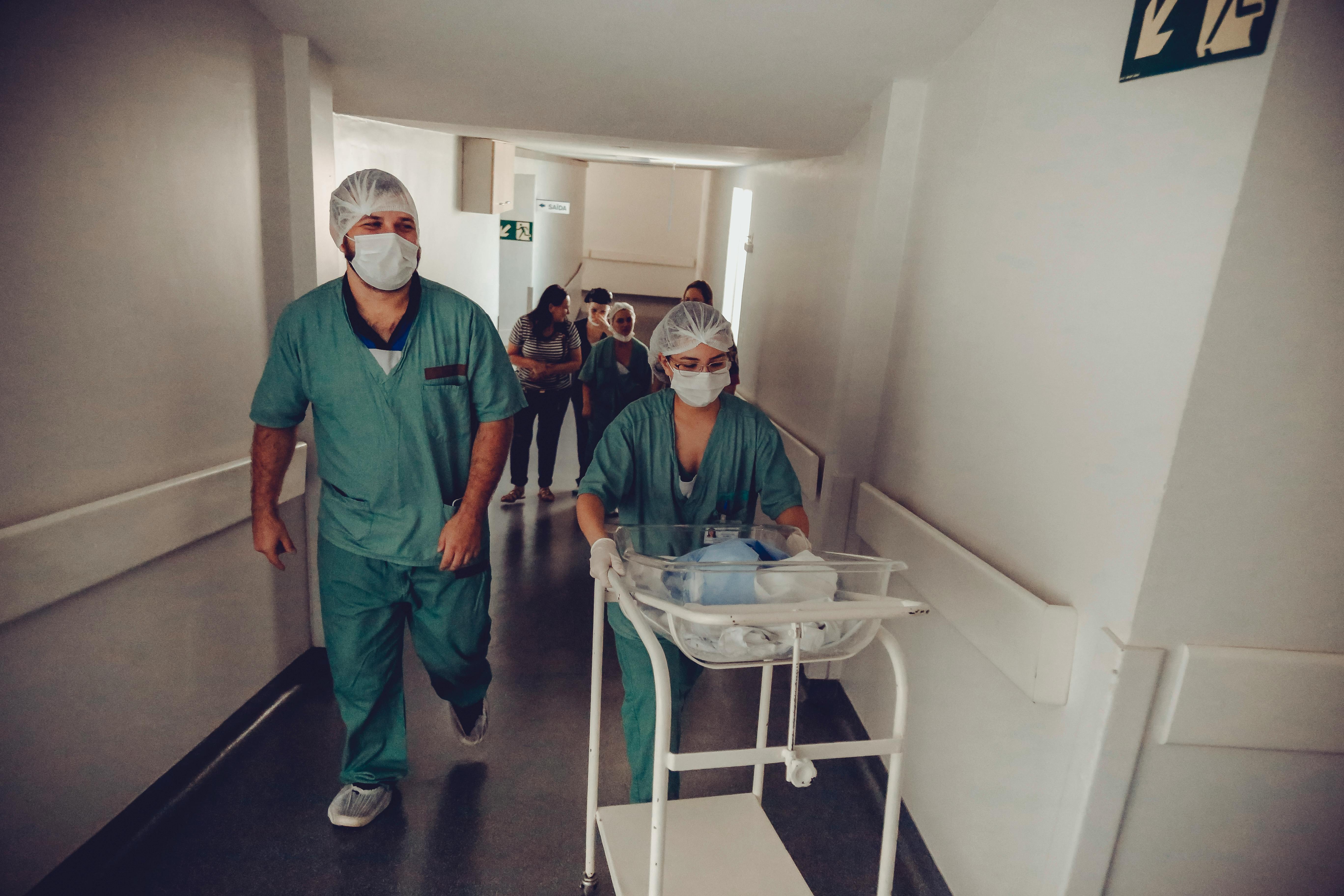Fractional distillation is a process used to separate mixtures of liquids with different boiling points. It is a common technique used in the oil industry, in industrial chemistry, and in the production of alcohol. The process works by heating the mixture to its boiling point and then condensing the vaporized liquid into separate fractions. By repeating this process, each fraction can be collected and separated from one another. This method is especially useful for separating complex mixtures where individual components have similar boiling points. In this article, we will look at how fractional distillation works and how it can be used to separate mixtures of liquids.Fractional distillation is a process of separating liquids that have different boiling points. It uses the principle of heating a mixture, collecting and cooling the vapors, and condensing them into separate fractions. This process is commonly used to purify liquids such as crude oil or ethanol. The fractional distillation process involves the use of a fractionating column, which allows for repeated vaporization and condensation of liquid samples in order to obtain more pure fractions.
Step 1: Heat the Mixture
The first step in fractional distillation is to heat the mixture that is to be separated into its components. This can be done using a variety of methods, including using a hot plate, heater, or flame. The type of heating method used will depend on the type of mixture and what components are being separated. In order for the distillation process to work correctly, it’s important to ensure that the temperature of the mixture remains consistent throughout the entire process.
Step 2: Create a Vacuum
Once the mixture has been heated, a vacuum needs to be created in order for the distillation process to work correctly. This can be done by using a vacuum pump or by creating an airtight seal around the apparatus that is being used for distillation. By creating a vacuum, it allows for lower boiling point liquids to evaporate easier without having to worry about atmospheric pressure interfering with their boiling points.
Step 3: Collect Vapors
Once the vacuum has been created and maintained, vapors from
Fractional Distillation vs Simple Distillation
Fractional distillation and simple distillation are two methods employed to separate components of a mixture. While both processes involve the same concept of separating the mixture, the processes differ from one another in terms of their efficiency, temperature control and complexity.
Simple distillation is an effective method for separating components with boiling points that differ by at least 50 degrees Celsius. This process involves heating the mixture to its boiling point, and then collecting the vapours as they condense into a liquid. The vapours are then cooled and collected in a separate container. This method is relatively easy but requires that the boiling points of components be relatively far apart in order for them to be separated effectively.
Fractional distillation, on the other hand, is a more complex process that involves multiple steps. It is used when components have very similar boiling points or when there is a large amount of material that needs to be separated. In fractional distillation, a fractionating column is used to provide temperature control throughout the process which allows for more efficient separation of components. As vapour rises up through the column, it cools and condenses
Benefits of Fractional Distillation
Fractional distillation is an invaluable tool to separate different components of a mixture. This process offers many advantages compared to traditional methods such as crystallization or chromatography. The most notable benefits of fractional distillation are its high efficiency, precision, cost-effectiveness, and safety.
Fractional distillation is highly efficient in separating different components in a mixture. This process can be used to purify or separate various liquids or gases quickly and reliably. It can also be used to obtain a higher purity product than other methods such as crystallization or chromatography.
The precision of fractional distillation is another major advantage. The process can be fine-tuned to separate exactly the desired compounds from the mixture. This method is also more efficient than other separation techniques since it requires fewer steps and less time for the desired result.
Fractional distillation is also cost-effective when compared to other separation techniques like crystallization or chromatography. It requires fewer steps, less time, and less equipment than other methods making it the
Boiling Point Elevation
Boiling Point Elevation is the process of increasing the boiling point of a liquid. It is caused by adding solutes, such as salt or sugar, to a solvent. The boiling point of the solution will be higher than that of the pure solvent due to the presence of these solutes. The amount of increase in the boiling point is determined by the concentration and type of solute added. In general, the more solute that is added, the greater the increase in boiling point.
How Does it Affect Fractional Distillation
Fractional distillation is a method used to separate liquids based on their different boiling points. Boiling point elevation affects fractional distillation because it changes the boiling points of liquids and thus affects their ability to be separated during fractional distillation. When a solution with a higher boiling point is added to a mixture, it will boil first and be collected separately from any other components in the mixture. This allows for more precise separation of components based on their different boiling points. Therefore, by adding solutes to increase the boiling point of certain components in a mixture, fraction

Different Types of Fractional Distillations
Fractional distillation is a process used to separate mixtures of liquids with different boiling points. This process involves the use of a distillation column, and is often used in the chemical and petrochemical industries. Fractional distillation is divided into three main types: partial, simple, and continuous.
Partial fractional distillation is used to separate two liquids that are very similar in boiling point. This type of distillation uses a fractionating column which contains multiple plates to create a more efficient separation process. The plates act like barriers, forcing the vaporized molecules to pass through several stages before condensing and exiting the column.
Simple fractional distillation is used when there are three or more liquids with different boiling points. In this type of separation, the vaporized molecules move up the fractionating column and then condense at different heights due to their different boiling points. The condensed liquid is then collected in separate containers at the bottom of the column.
Continuous fractional distillation is used when there are large quantities of components
What Materials Are Used for Fractional Distillations?
Fractional distillation is a process used to separate components of a liquid mixture based on their different boiling points. In order to carry out the process of fractional distillation, specific materials need to be employed. The main pieces of equipment used for fractional distillations are a fractionating column, boiling flask, condenser, thermometer, and receiver flask.
The fractionating column is an essential piece of equipment which is used to slow down the rate at which vapor passes through it. This allows for greater separation of components with different boiling points. The boiling flask is where the liquid mixture is heated and vaporized. The condenser is then used to cool down the vapor back into liquid form in the receiver flask. A thermometer can then be inserted in order to measure the temperature during the process.
Besides these pieces of equipment, other materials such as rubber stoppers and clamps are also required in order to seal and secure all connections between components. Additionally, distilled water may be needed to provide cooling for the condenser if no other cooling
Applications of Fractional Distillations
Fractional distillation is used in a variety of applications, ranging from industrial chemical processes to home brewing. It is a process used to separate compounds that have different boiling points, such as crude oil and ethanol. This type of distillation involves the use of a fractionating column, which allows the two different liquids to be separated into more pure components. The resulting liquid is more concentrated and has less impurities than the original mixture.
Fractional distillation is widely used in the petrochemical industry as it allows for the separation of crude oil into different fractions, such as gasoline, diesel, kerosene and other fuels. These fractions can then be further processed for specific uses. For example, gasoline can be further refined by removing impurities through catalytic reforming or other processes to create higher octane fuel for cars.
Fractional distillation is also commonly used in the production of alcoholic beverages. It is used to separate ethanol from water and other impurities that can affect the flavor or properties of the beverage. This process can also be used to produce higher proof spirits such as vodka or whiskey. In addition, fractional

Conclusion
Fractional distillation is a process of separating and purifying two or more liquids with different boiling points. It is based on the principle that different components have different boiling points, so when heated, they vaporize at different temperatures. The vapors are then collected and condensed back into liquid form, resulting in a separation. Fractional distillation is used extensively in the production of industrial chemicals, fuels, essential oils, as well as for purifying water.
The fractional distillation process requires careful control of temperature and pressure to ensure maximum efficiency and effectiveness. Due to its wide range of applications, fractional distillation has become an important tool in many industries. As technology advances, new methods are being developed to make the process even more efficient and cost effective.
Fractional distillation is an effective way to separate two substances that have different boiling points by heating them until they vaporize and then collecting their vapors in separate containers. By controlling the pressure and temperature throughout the process, it’s possible to achieve a high degree of purity in both substances without losing too much product in the process. Fractional dist

